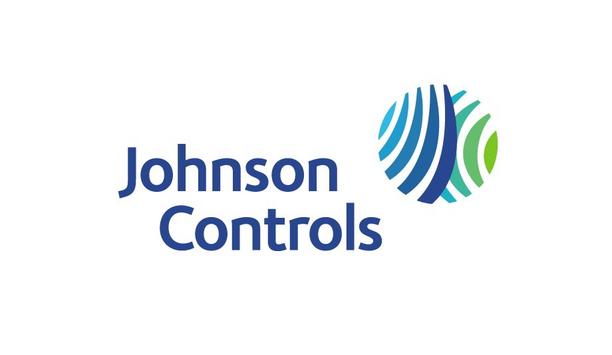Design of buildings and spaces needs to remove barriers to inclusivity - including age, disability, ethnicity, gender, and neuro-divergence. As the world mark’s the UN’s International Day of Persons with Disabilities, the Institution of Structural Engineers (IStructE) announces new guidance, Inclusive design for structural engineers.
Aimed at all professions in the built environment, the guidance challenges perceptions that inclusive design is expensive and costs more. Collective expert authors, from various engineering and design specialisms, all advocate for the economic and societal benefits it brings. The guidance examines how inclusive design can be applied successfully to various sectors including residential buildings, the landscape and public spaces, stadia, and historic buildings.
Responsibility for all built environment
Patrick Hayes, Technical Director at IStructE says: “We are publishing this guidance as it’s important to understand that inclusive design should be a feature of every project, without exception. Inclusive design does not just refer to buildings, but also the places, spaces, and services we use.”
Ed Warner, Founder and CEO of Motionspot, the inclusive design consultancy, writes the foreword to the publication, and says: “Considered from the outset, inclusive design can provide a positive return on investment through increased footfall and revenue for businesses along with the ability to recruit and retain employees from a broad and more diverse talent pool. If we are to build a world where everyone feels safe, welcome, and valued, inclusive design should be at the heart of all stages of design and be the responsibility of all built environment professionals. Inclusive design does not have to add significant cost to a project.”
impact of design decisions
Inclusive design puts the user at the center, with clarity about their needs and experiences
Inclusive design puts the user at the center, with clarity about their needs and experiences, and considering both the direct and indirect impact of design decisions on them. It means focusing on ensuring a building or place is safe, comfortable, enjoyable, and equitable to use.
As an example, Tanya de Hoog, incoming president of IStructE has written a section with Jennifer Carpenter of Verona Carpenter Architects about designing for neuro-inclusion. Tanya says: “Our sensory response to the built environment is determined by how our brains process sensory inputs from that space. This is different for everyone. So, it’s important for structural engineers, architects, and designers to have an awareness, and understand the opportunities for making buildings welcoming to the broadest diversity of brain function.”
Rigorous and collaborative approach
Another theme running throughout the guidance is the need for collaboration – for designers, engineers, and architects to take a more rigorous and collaborative approach to inclusion throughout the full lifecycle of projects and assets. The process needs early decision-making – retrofitting does not give an optimal solution and ends up as an unsatisfactory compromise on several fronts economically.
Ultimately, the guidance reminds readers that inclusive design means creating spaces that are fully functional, efficient, and sustainable, with a reduced need for further adaptations. Inclusive design creates long-term economic value, making the space or building not only accessible but attractive to users, ensuring that an asset can be easily repurposed.















